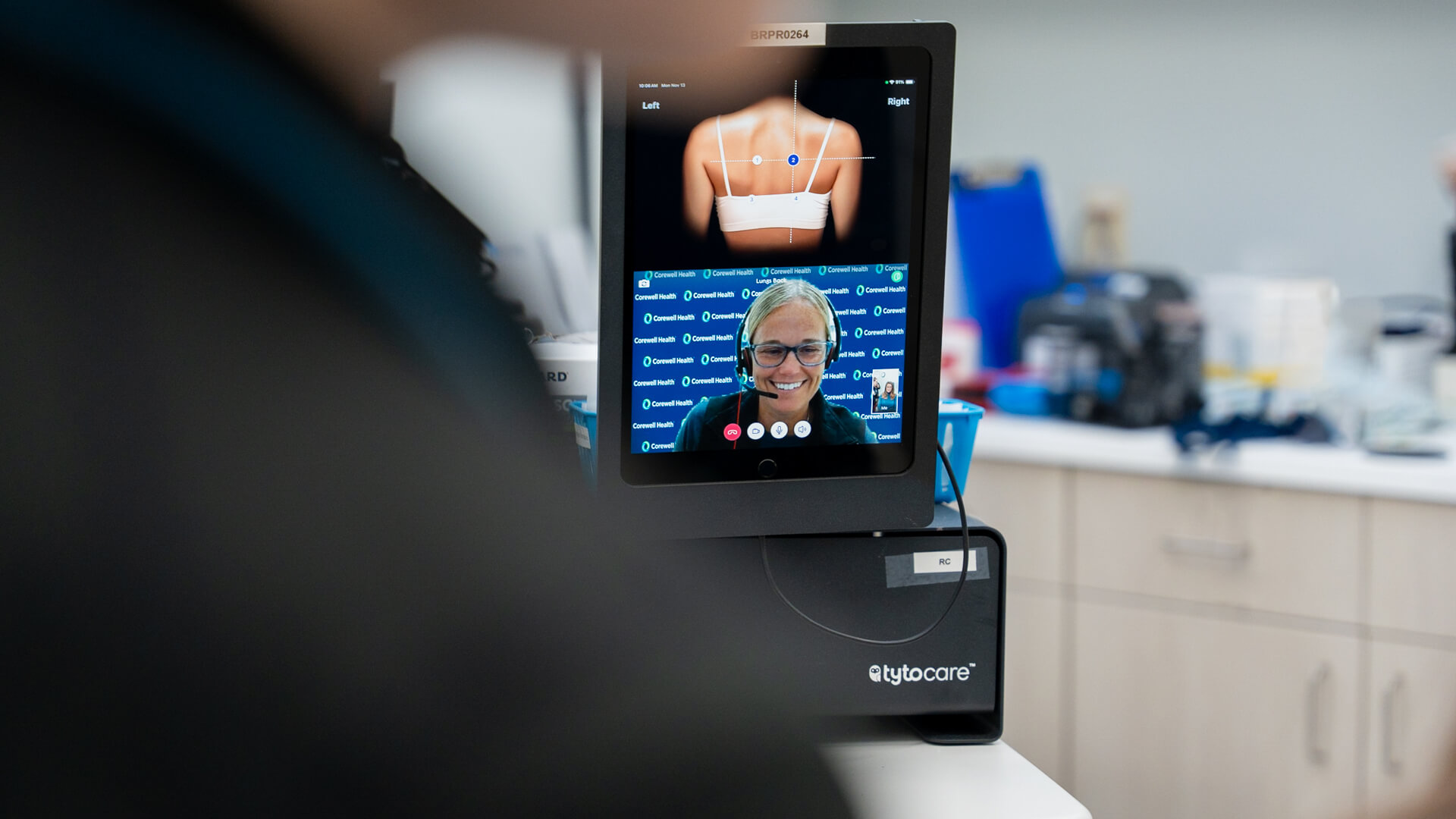Addressing your patient and clinician needs: Improving efficacy and increasing access


- Staff shortages are one of the primary challenges facing healthcare today.
- Virtual care can help alleviate this and other challenges.
- Virtual care with clinical-quality exams alleviates healthcare challenges through better operational efficiency.
- Virtual care with real remote exams enhances provider experience and improves performance indicators.
We need to take care of our employees so they can take care of others.

Dr. Nick Patel
It’s not just video – It’s the ability to really examine the patient and get more information than you would sitting bedside.

Dr. Nick Patel
The enormous expansion in digital health has enabled us to mitigate barriers, maintain access to care, and overcome the challenges of distance and time.

Dr. Karen Rheuban
Supporting telehealth is supporting health.

Dr. Nick Patel
Learn more


Baptist Health clinicians treat patients remotely with TytoCare
Baptist Health’s nurse practitioner Brittany Fitzpatrick and family medicine physician Tabitha Culver endorse TytoHome as a breakthrough in telehealth, offering a comprehensive, in-home physical exam that was once only possible in a clinic. With TytoCare, healthcare professionals can now listen to hearts, examine ears and throats, and diagnose with precision, all through the device’s guided usage. Patients appreciate the depth of care they receive, feeling truly seen and heard beyond the screen.

The role of telehealth in the future of excellent healthcare for rural areas
Health systems across the United States are investing in a continuous effort to provide equally high-quality healthcare across the regions they cover. This can be challenging when dealing with communities in rural areas, where the current shortage of clinicians adds to existing difficulties in making coverage hard to access. As they strive to provide affordable […]
